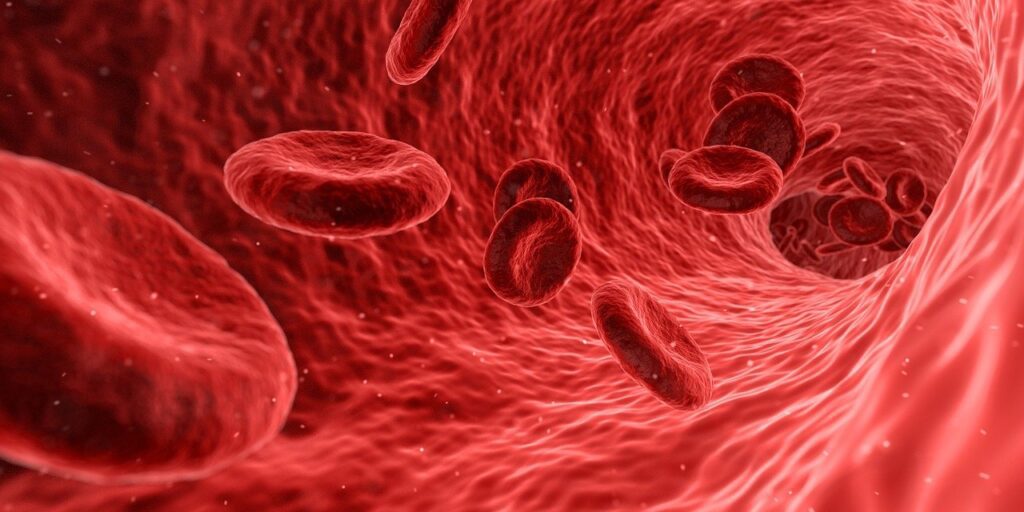An unsettling fact: every three minutes, someone in the United States is diagnosed with some form of blood cancer. September is Blood Cancer Awareness Month to help raise awareness about blood cancer, its impacts, and those it affects.
The Leukemia & Lymphoma Society (LLS) explains that there are different forms of blood cancer. These include leukemia, myeloma, and lymphoma. We’ll explain some of the different subtypes and specific forms of blood cancer below!
During this month, the entire community – from patients and families to doctors and researchers – comes together to increase awareness, raise funds, and drive research. Both the Lymphoma Research Foundation and LLS are also “lighting it red” for lymphoma this month. Multiple bridges, landmarks, buildings, and monuments are turning red to help amplify awareness. These include the US Bank Tower, the Mayo Clinic Hospital Phoenix, and the Santa Monica Ferris Wheel!
Types of Blood Cancer
Acute Lymphoblastic Leukemia (ALL)
An error in bone marrow DNA causes acute lymphoblastic leukemia (ALL), a cancer of the blood and bone marrow. These errors cause the production of immature blood cells, which develop into cancerous lymphoblasts. Risk factors include a family history of ALL, genetic disorders, radiation exposure, and prior cancer treatment. ALL is more common in children. If this cancer occurs in adults, it is often severe and less treatable. Symptoms can include pallor (pale skin), fever, bone pain, bleeding from the gums or nose, frequent infections, swollen lymph nodes, fatigue, and shortness of breath.
Multiple Myeloma (MM)
Multiple myeloma forms in plasma cells, a type of white blood cell. Doctors don’t know the exact cause of multiple myeloma, though many myeloma cells are missing all or part of chromosome 13. As myeloma cells accumulate in bone marrow, they crowd out healthy blood cells. These cells produce a high level of abnormal M proteins. Symptoms can include bone pain, nausea, appetite loss, constipation, mental fogginess, fatigue, frequent or recurrent infections, unintended weight loss, excessive thirst, and hypercalcemia.
Waldenstrom Macroglobulinemia (WM)
Waldenstrom macroglobulinemia (WM) is a form of lymphoma which begins in B lymphocytes, a form of infection-fighting white blood cell. Many people begin with monoclonal gammopathy of unknown/undetermined significance (MGUS) which later progresses to become WM; around 90% of WM cases also have MYD88 gene mutations in the cells. As cancerous cells crowd out healthy red blood cells, they cause hyper-viscous blood. WM is 2x more common in males than females. It is also more common in Caucasian individuals and those older than 60. Symptoms can include fatigue, anemia, thrombocytopenia, neutropenia, enlarged spleen lymph nodes, unintended weight loss, diarrhea, and raised pink or flesh-colored skin lesions.
How You Can Raise Awareness for Blood Cancer Awareness Month
Looking to raise awareness? Here are a few ways you can do so:
- Share your story on social media. Use the hashtags #BloodCancerAwarenessMonth, #FightBloodCancer, and #BloodCancerAwareness to help amplify stories relating to blood cancer. You may share your own story, amplify a friend or family member’s story, or engage with the multiple other stories of those living with or loving someone with blood cancer.
- Donate to the cause. You can donate funds to the LLS, the LRF, the ACCR, or many other organizations contributing to research and family/patient support within this realm. You can also fundraise locally!
- Learn more about blood cancer. The LLS offers innumerable resources: peer-to-peer support, online chats, and information booklets.







